
Two-thirds of the way through the month, and no introductory post yet. This is indicative of how things have been progressing, and has led to a decision: this month’s skill shall be my last. While the last three skills would be interesting to try, I’ve not nearly enough motivation left (and I could likely contrive several other excuses as well). Instead, I shall just end with September’s skill (and likely stretch it out to 20 hours, rather than ending at the end of the month), and save speed reading, storytelling, and drawing for some other time.
For the month of September (and onward), I have undertaken to attempt to gain the skill of piano sight reading. I have basic knowledge already—the names of notes, and which notes correspond to which keys—but I certainly lack any semblance of speed.
Target Performance Level
I wish to be able to play any simple, basic-level sheet music with rapidity, fluidity, and ease.
Skill Breakdown
As with any and all skills, the fastest way to progress is to be always pushing the limits, and always attempting what is just beyond your grasp. As speed is the key factor in reading music, my focus must be almost entirely on playing as absolutely speedily as I can. As speed is the first challenge to break through, I can ignore tempo and rhythm, and just plow through sheet music as fast as possible. If I can play notes much faster than is required, I can then slow down a bit and focus on proper rhythm, without being distracted by figuring out which key I must press next.
Conclusion
I shall post a review of my progress once I have practiced for 20 hours. At some point after that, I will write a review of the entire year’s learning, and what insights I have gained on rapid skill acquisition, and the pitfalls to avoid for any who follow in my tracks.


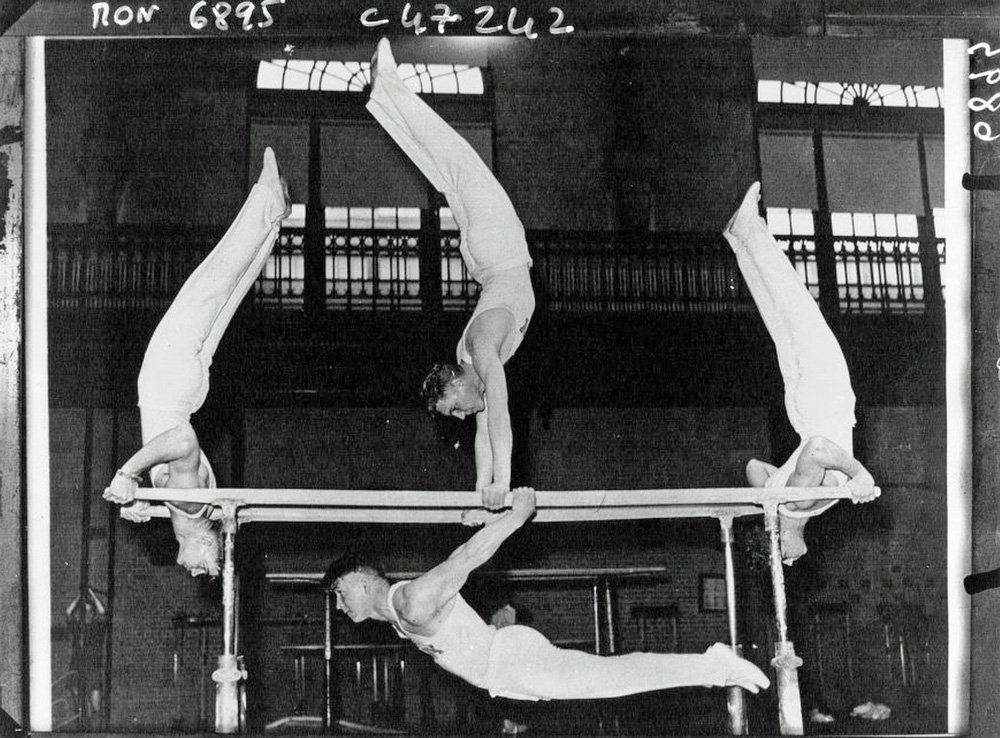
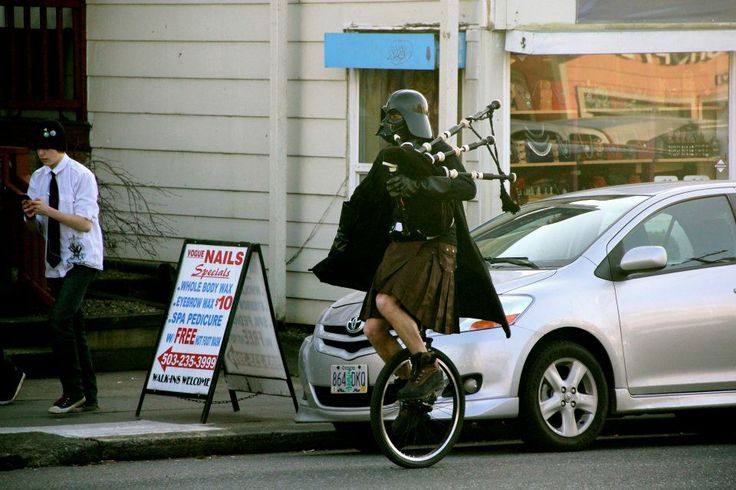


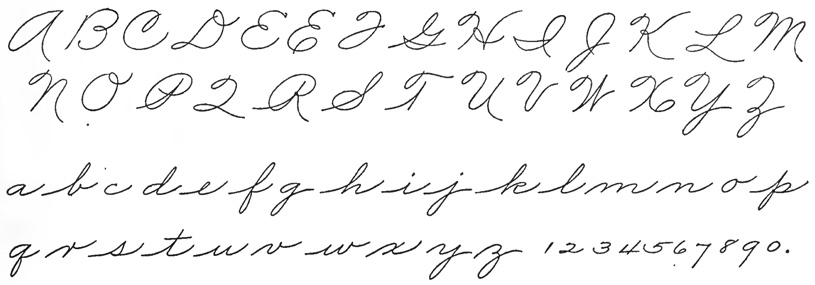
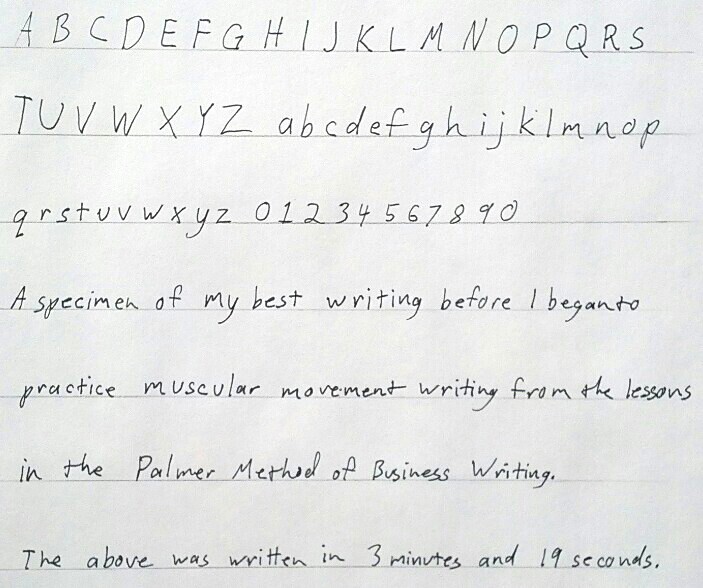
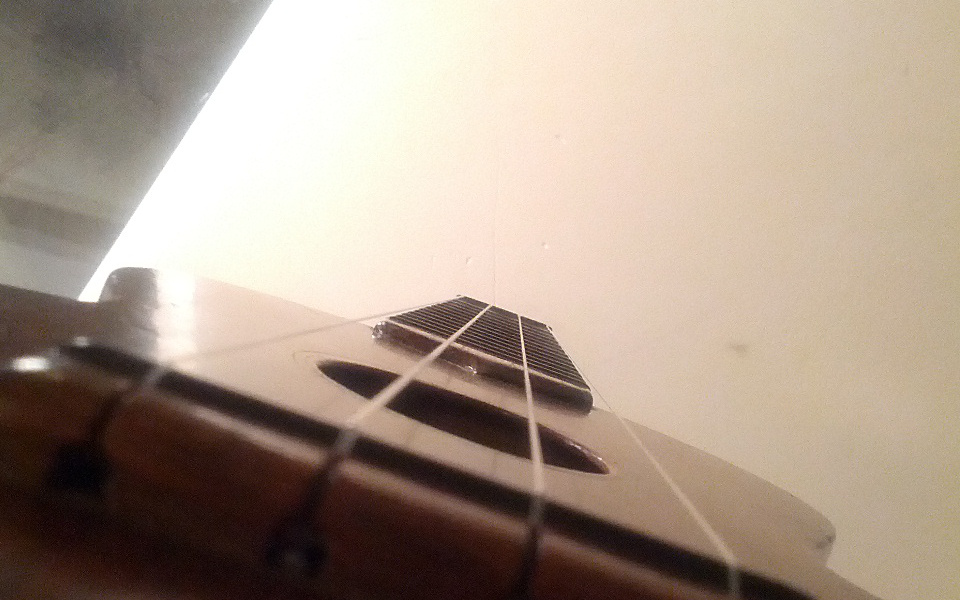
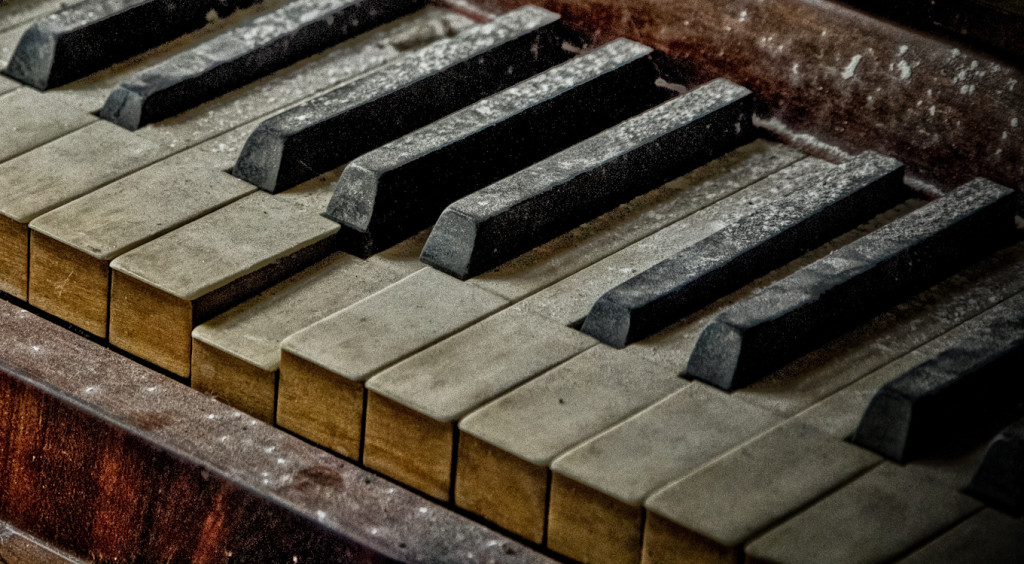 In January I’m going to be learning to play piano by ear. This is a skill I’ve wanted for a while now. Ever since listening to Richard Diamond on old time radio when I was 15, I suppose. The style I would like to play in is similar to that which Diamond did, so a bit of a 1940s jazz & show tune style. I’m coming into this skill with very little in the way of existing ability. When I was about 16 I took piano lessons from a friend, but this was all sight-reading and technique. I’ve dabbled on-and-off ever since then, but have never really done much by ear, because I wasn’t good enough for it to be enjoyable. Hopefully the next 20 hours will change that.
In January I’m going to be learning to play piano by ear. This is a skill I’ve wanted for a while now. Ever since listening to Richard Diamond on old time radio when I was 15, I suppose. The style I would like to play in is similar to that which Diamond did, so a bit of a 1940s jazz & show tune style. I’m coming into this skill with very little in the way of existing ability. When I was about 16 I took piano lessons from a friend, but this was all sight-reading and technique. I’ve dabbled on-and-off ever since then, but have never really done much by ear, because I wasn’t good enough for it to be enjoyable. Hopefully the next 20 hours will change that.